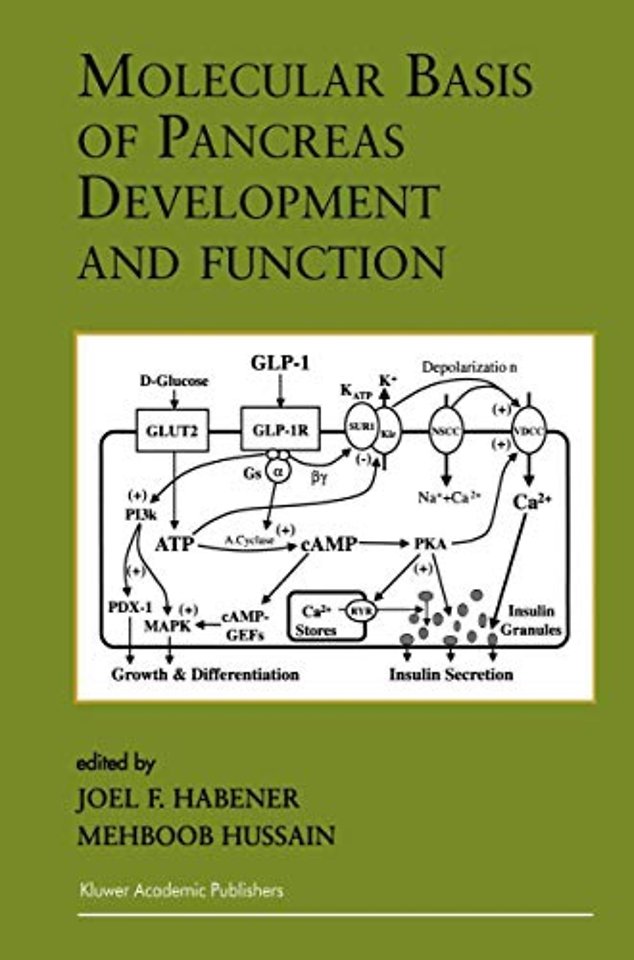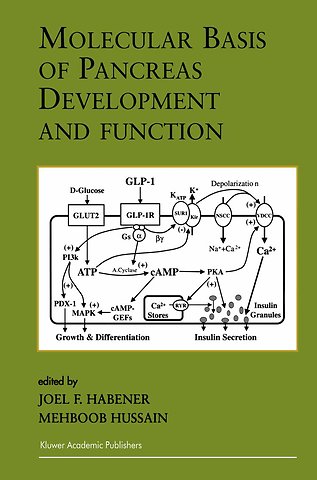Molecular Basis of Pancreas Development and Function
Samenvatting
Diabetes mellitus is rapidly increasing in prevalence throughout both developed and developing countries. The social and economic burden of this disease is estimated to cost 14 billion dollars worldwide. In the USA alone, 15 million individuals are diabetic, nearly half of them unaware of their condition. Complications of diabetes mellitus are the leading causes for blindness, limb amputation and chronic renal failure and kidney transplantation in industrialized countries. Further, diabetes mellitus per se and the metabolic derangement associated with diabetes are important risk factors for cardiovascular disease. Diabetes, as defined by an elevated fasting blood glucose level is presently subdivided in etiologically distinct groups. The most prevalent being type 2 (adult onset) diabetes characterized by insulin resistance and failure of the ~-cell to supply insulin in amounts sufficient to meet the body's needs. Type 1 (juvenile) diabetes, most commonly with an onset during childhood and adolescence, is caused by an auto-immune destruction of the pancreatic ~-cells. The causations of both type 1 and type 2 diabetes involve a combination of complex genetic traits and environmental influences. A third category are the mature onset diabetes of the young (MODY). This comparatively small group of patients (-10% of diabetes) presents relative early in life «30 years of age) compared to the more common late onset type 2 diabetes.

